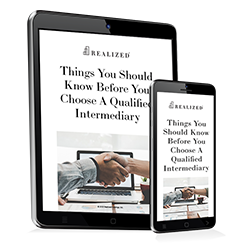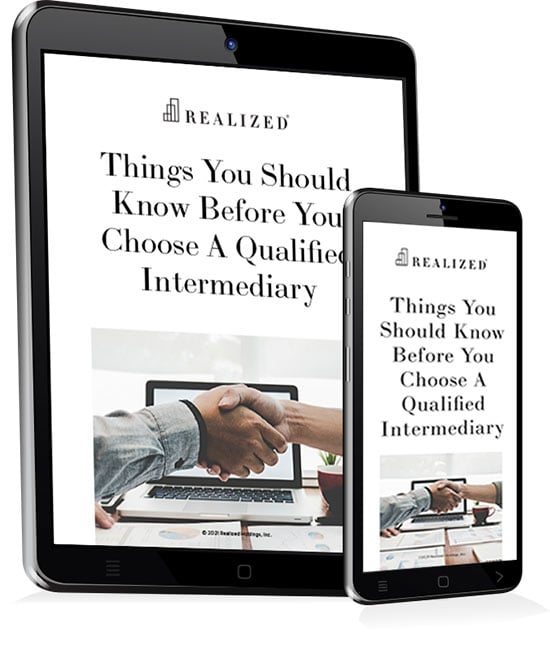
When hurricane Ian hit southwest Florida in late September of 2022, it destroyed more than 5,000 homes in Lee County and severely damaged another 13,000 residences.1
The damage wrought by Ian left thousands of homeowners pondering their next steps. Homeowners and investors who owned condemned properties may be able to complete a 1033 exchange to replace homes that were destroyed or severely damaged by the hurricane’s wrath.
Let’s take a closer look at how the 1033 exchange process works and whether or not real estate owners need to follow the same strict rules as 1031 exchange investors.
What is a 1033 Like-Kind Exchange?
Property owners who’ve had their homes condemned through eminent domain or due to extreme damage brought on by natural disasters such as hurricane, fire, flood, or tornado can complete a 1033 exchange and defer any capital gains realized upon the forced sale of their properties.
Homeowners who receive compensation from a government agency or insurance company for their condemned property could face a capital gains tax liability if the payment is higher than the homeowner’s cost basis in the property. However, these property owners can defer those gains by rolling over that compensation into a qualified like-kind replacement asset. A 1033 exchange can only be completed on properties that have been condemned or seized through the process of eminent domain.
Rules For 1033 Exchanges
Just like the more familiar 1031 exchange, 1033 exchanges have rules that must be followed to the letter. These include:
- When to Use a 1033 Exchange. The property must have been seized through eminent domain, or destroyed or condemned following a natural disaster.
- Same Taxpayer. The taxpayer listed on the property’s title must be the same one who purchases a like-kind replacement property.
- Same or Greater Value. The replacement asset must be of equal or greater value than the net compensation received for the condemned or seized property. Mortgage debt also has to align.
- Like-kind asset. Replacement properties must have the same usage as converted properties. A condemned rental property must be replaced with another rental property – you can’t use your insurance or government proceeds to purchase a second or vacation home.
- Replacement time frame. Unlike a 1031 exchange, where investors have 45 days to identify a replacement property and 180 days to close on it, 1033 exchangors have up to two years to find replacement properties. This period starts at year’s-end of the year in which the gain was realized. The replacement period is adjusted to three years for property owners whose residences or properties were condemned, and it moves to four years for converted properties in federally declared disaster areas, such as Hurricane Ian or the wildfires that raged in New Mexico in April of 2022.
Do You Need a Qualified Intermediary With a 1033 Exchange?
Here’s where the two types of exchanges vary greatly.
In a 1033 exchange, the property owner can take direct possession of an insurance payout or government compensation from the involuntary conversion of their property. Any proceeds received for the property don’t have to be held by a third-party Qualified Intermediary. With a 1031 exchange, the exchangor cannot touch sale proceeds at any point during the exchange process and must have a QI hold all sale proceeds.
As noted above, property owners who initiate 1033 exchanges have as long as four years in some instances to complete the exchange process. That’s a long time to hold an insurance or FEMA payout, and a lot can happen during that time. It’s extremely important that the entirety of any funds received be available for reinvestment.
Putting it all Together
A 1033 exchange is the process of replacing a property that’s been condemned due to natural disaster or seized through eminent domain with another like-kind asset to avoid paying capital gains when insurance or federal payouts exceed the homeowner’s basis in the property.
Property owners do not need to engage a qualified intermediary to complete their 1033 exchanges.
Homeowners or investors who have experienced situations that may qualify them for a 1033 exchange should consult with a tax advisor or experienced exchange professional to determine if a 1033 exchange is suited to their particular situation.
This material is for general information and educational purposes only. Information is based on data gathered from what we believe are reliable sources. It is not guaranteed as to accuracy, does not purport to be complete and is not intended to be used as a primary basis for investment decisions. It should also not be construed as advice meeting the particular investment needs of any investor.
Realized does not provide tax or legal advice. This material is not a substitute for seeking the advice of a qualified professional for your individual situation.



